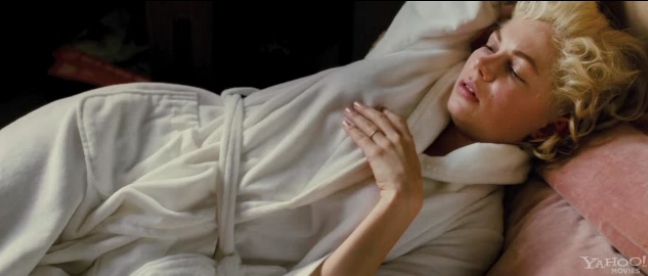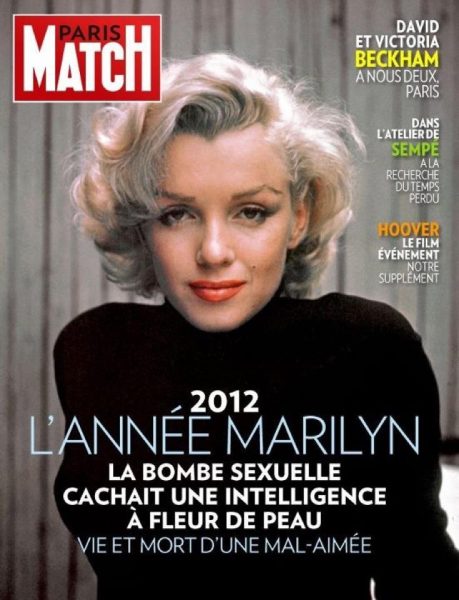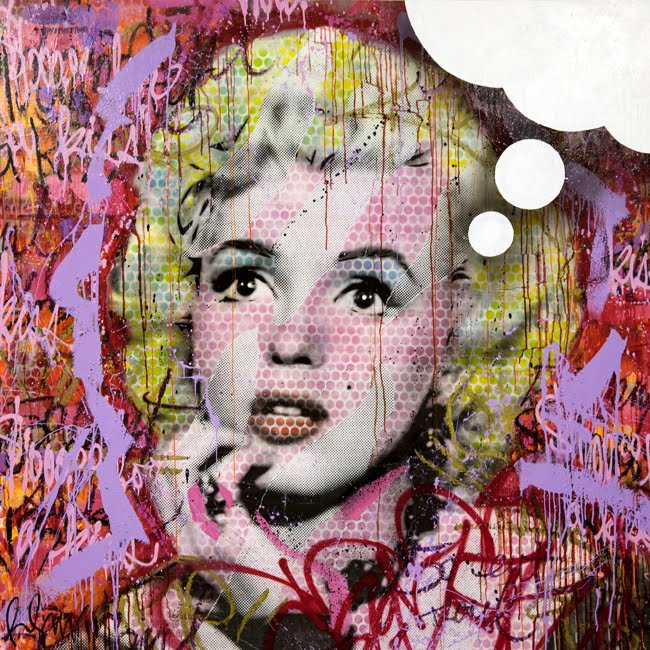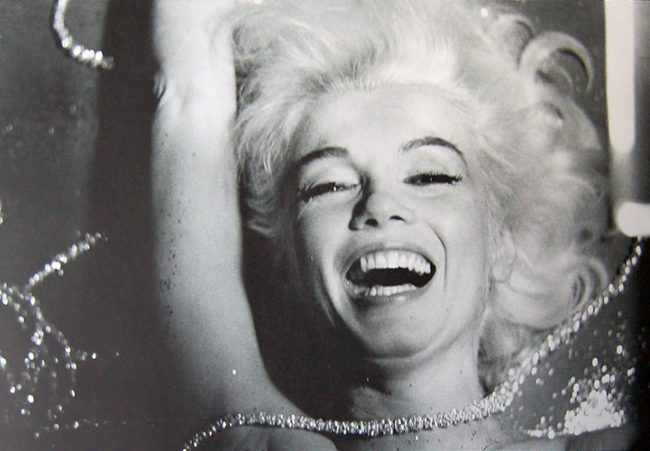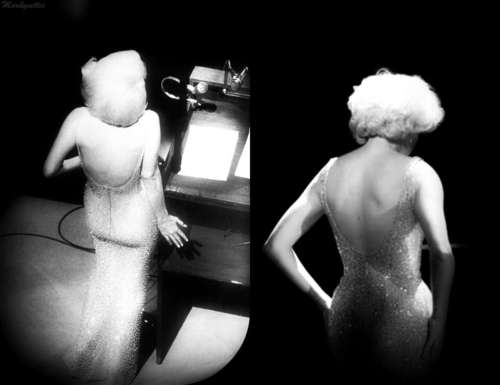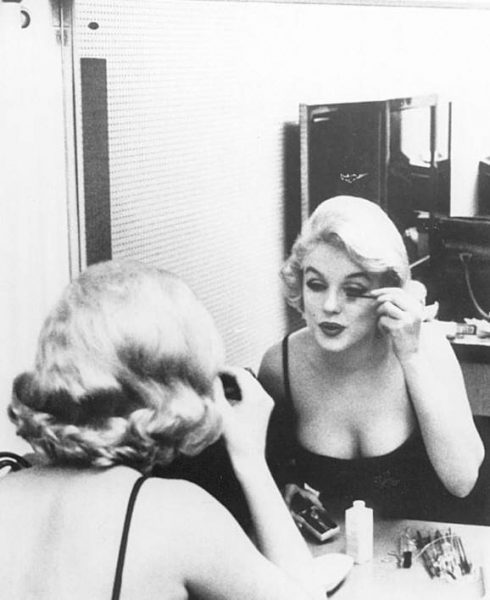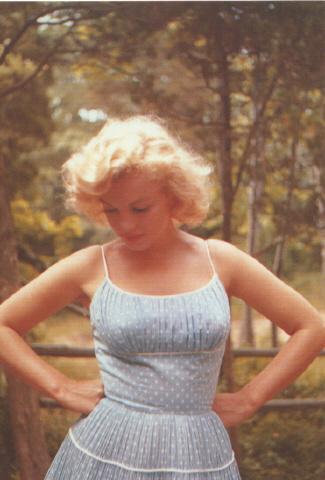
Over at the Huffington Post, Jill Lynne – who once spent a night at the Amagansett beachhouse where Marilyn and Arthur Miller stayed during the summer of 1957 – reveals her mixed feelings towards the icon:
“I didn’t want to allure men — or anyone — by my curvaceous torso, ample ‘girls,’ tiny waist, large baby blues or naturally platinum blonde hair. I wanted to be appreciated for who I was, what I knew, what I might contribute, my intellect, my spirituality and my God-granted talents — my visual art, my writing and my serious aspirations to make the world a better place.
Marilyn made it tough for women like me. It was an ongoing struggle — especially with men — to be taken seriously. I would attempt to engage in deep vis-à-vis, eye-contact conversation, only to notice meandering eyes no longer fixed on mine but having drop-down to boob-level.”
I have cross-posted my comment on the article here:
“Marilyn’s legacy to women is certainly complex. However, there was a strong side to her that is being missed here. During the repressive 1950s, MM luxuriated in her sexuality; she was outspoken about her experience of child abuse, at a time when the subject was still taboo; she was one of Hollywood’s first women to head her own production company; she stood up for her beliefs, whether political freedom (see Arthur Miller) or racial equality (see Ella Fitzgerald); she never relied on a man to make her living; and, despite little formal education, she pursued a lifelong quest for self-improvement.”

